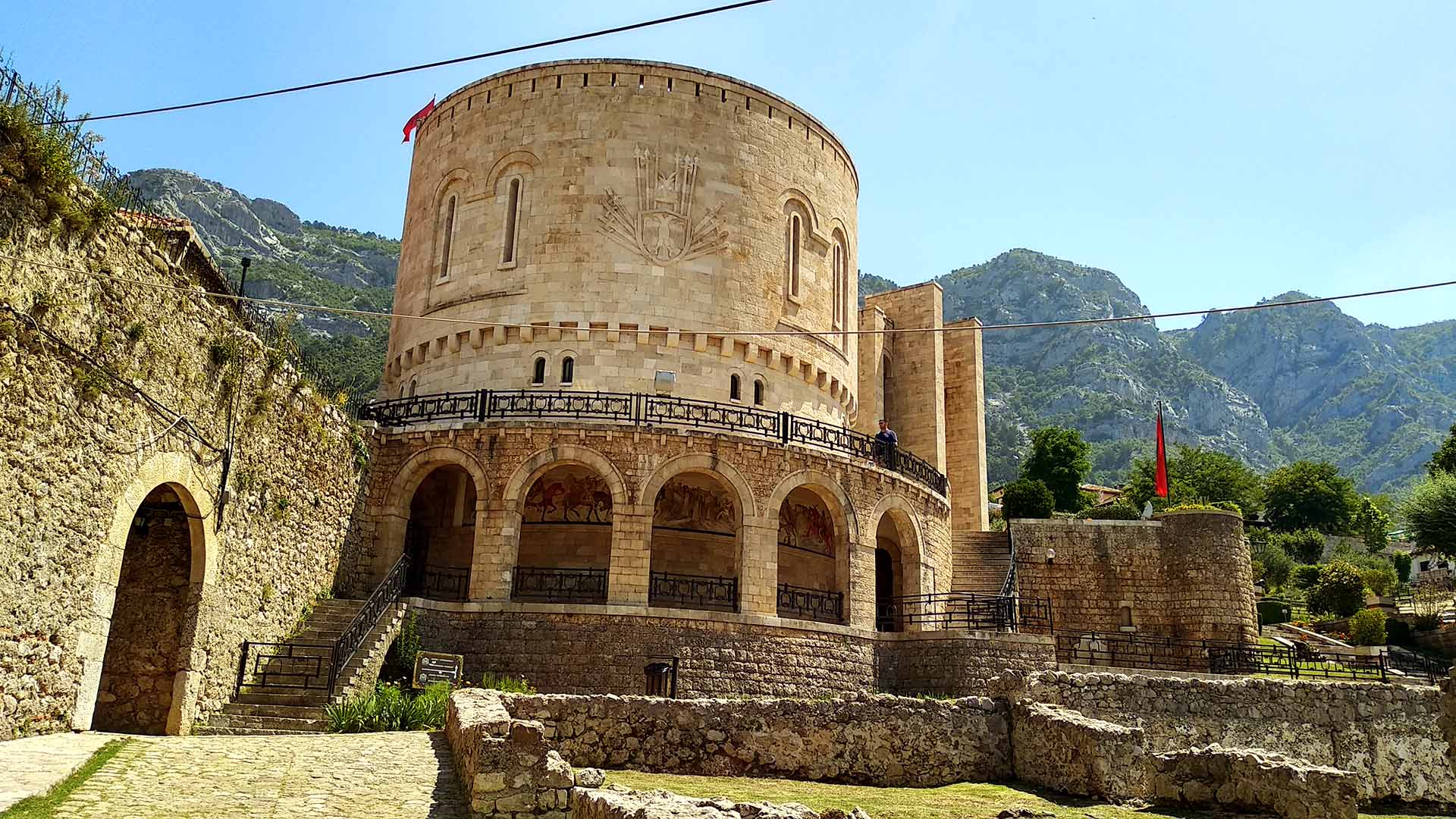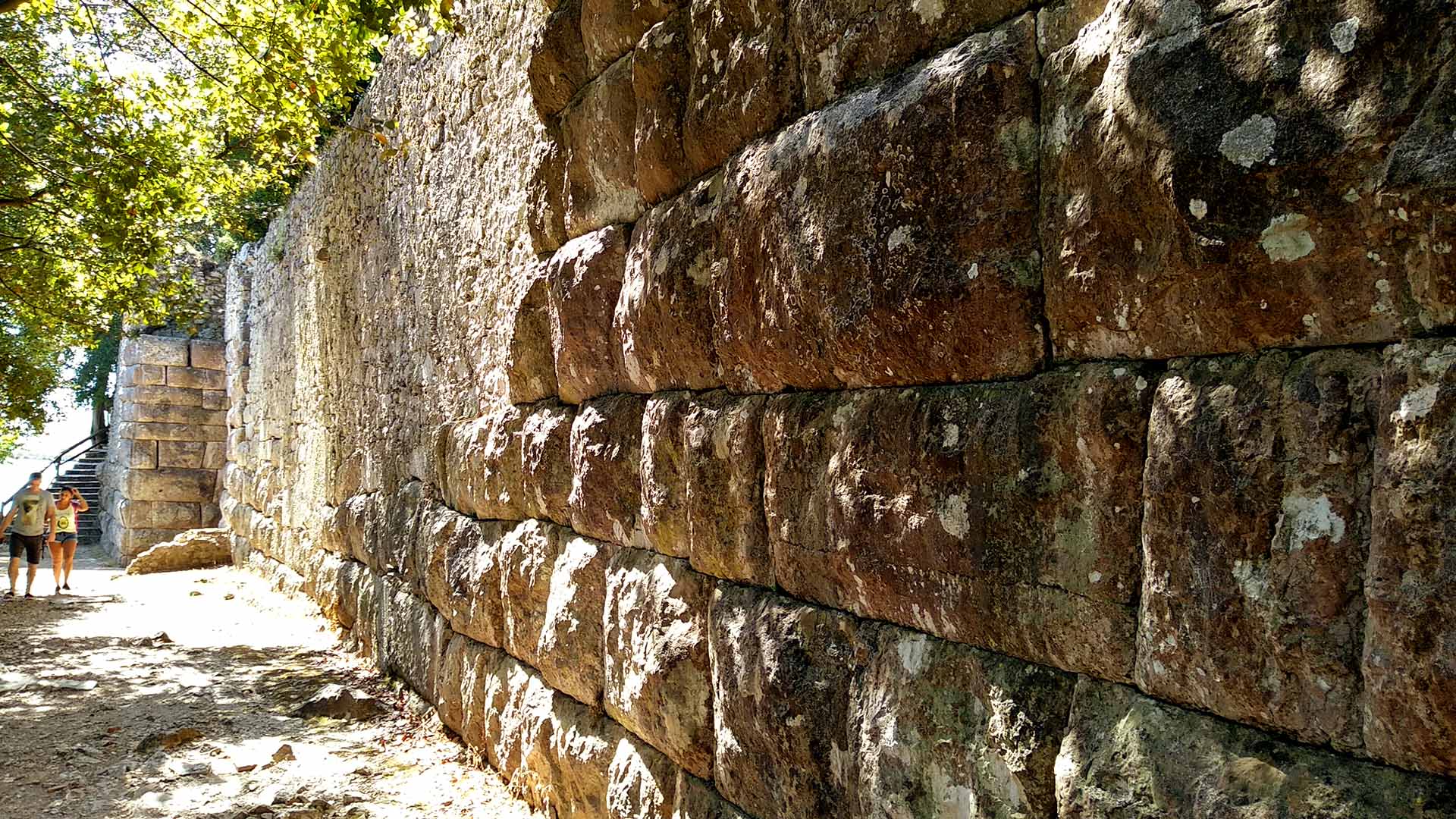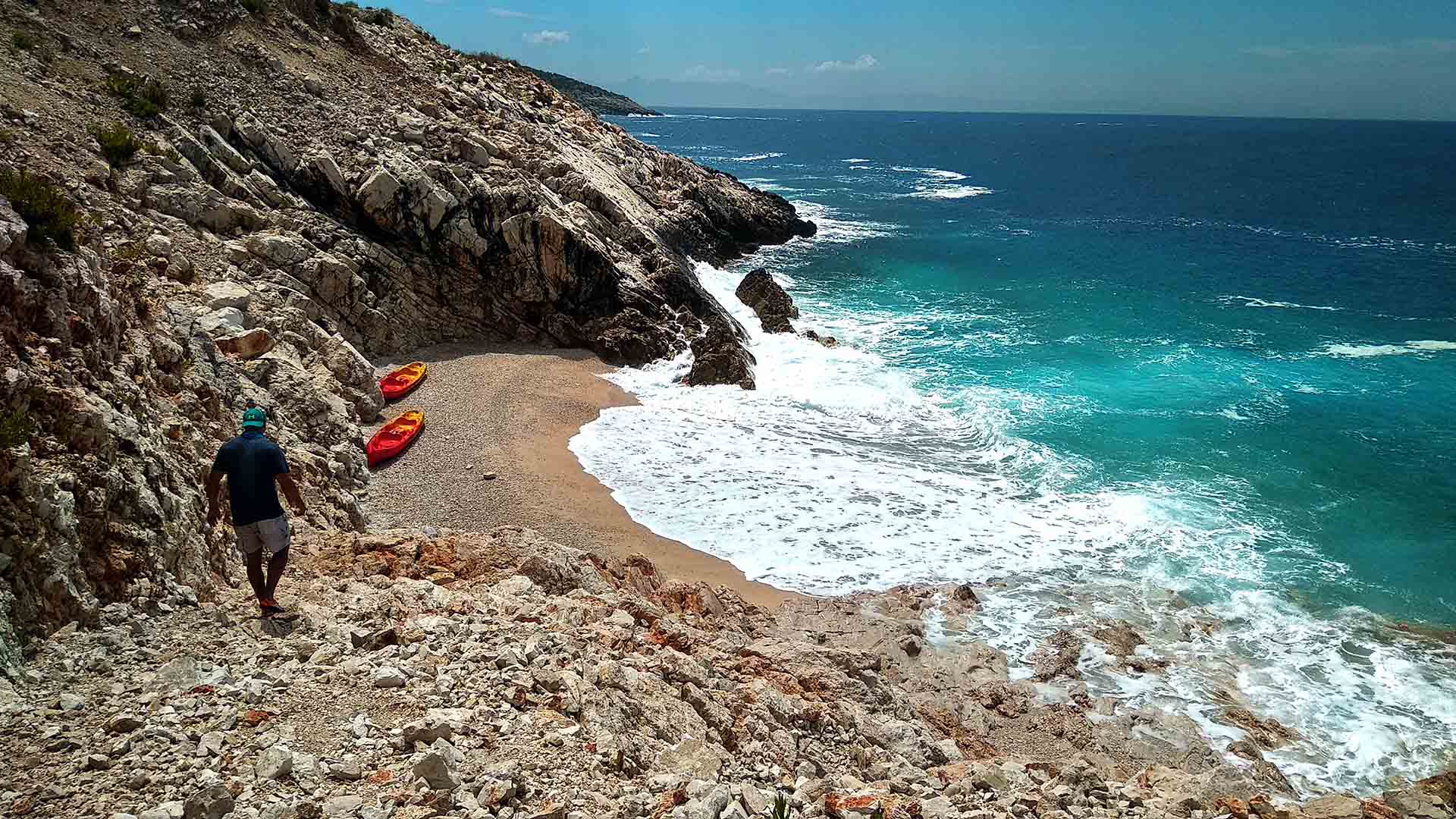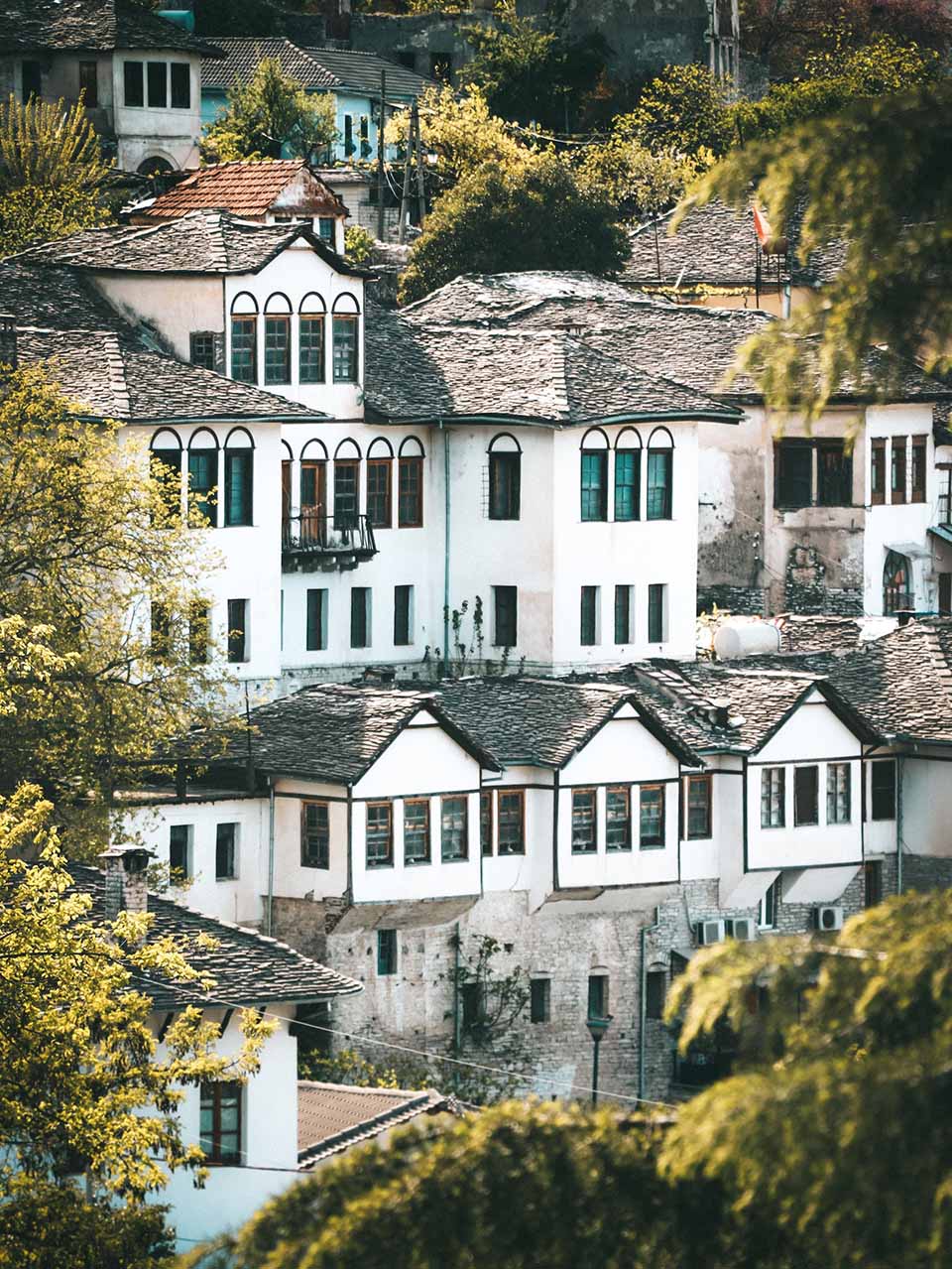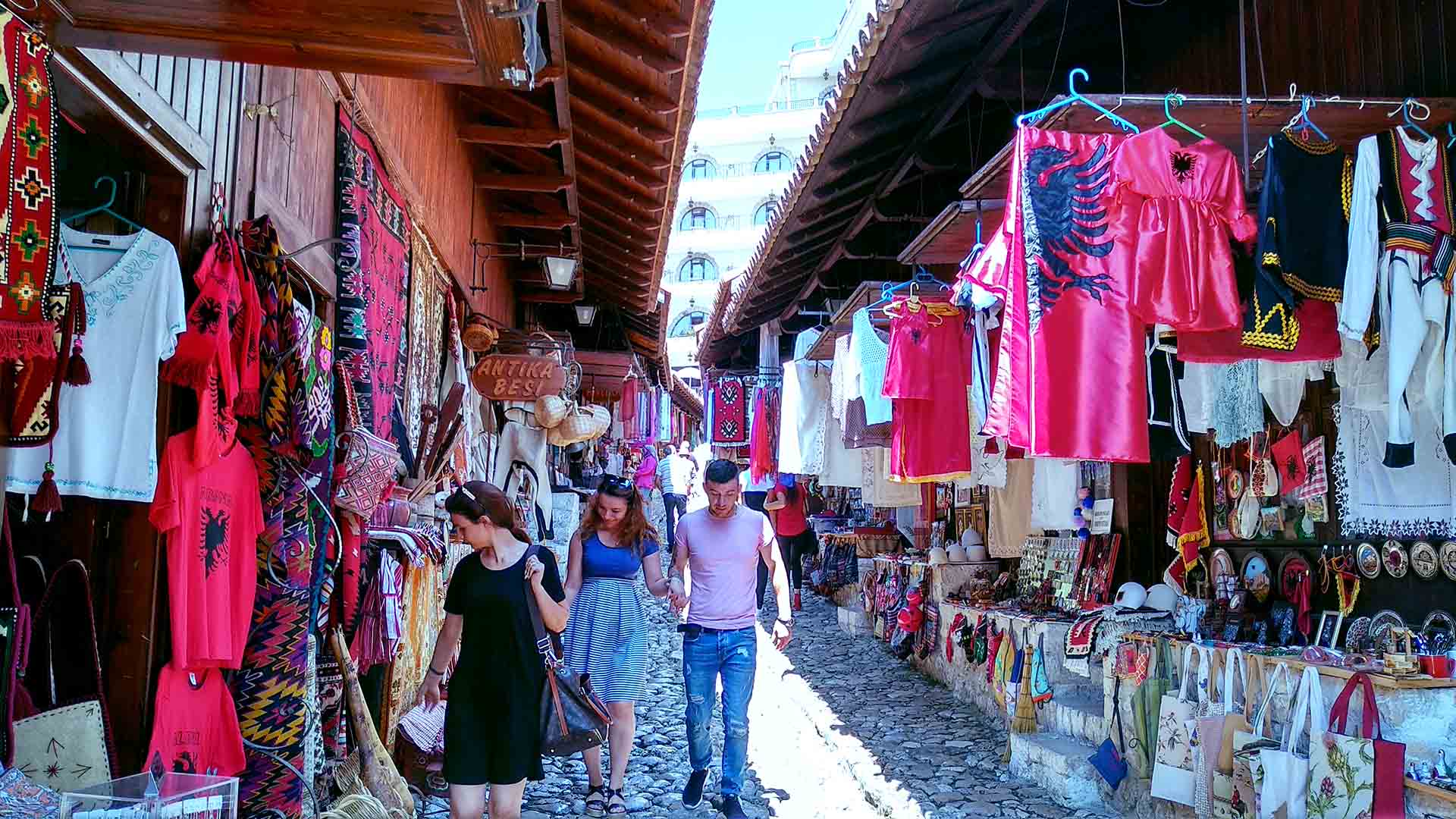
Things to do and see in Albania
There are many wonderful beaches from Vlora to Ksamil, including Dhërmi, Gjipe, Jal, Himara, Qeparo, Borsh, Lukova, and Pulebardha ones. Visitors interested in history might plan trips to the archeological site of Butrint, as well as the cities of Berat and Gjirokaster.
Walking on trails and discovering the most untamed nature is abundant from Shkodra, which is home to the largest lake on the Balkan peninsula, via Koman to Theth and Valbona.


